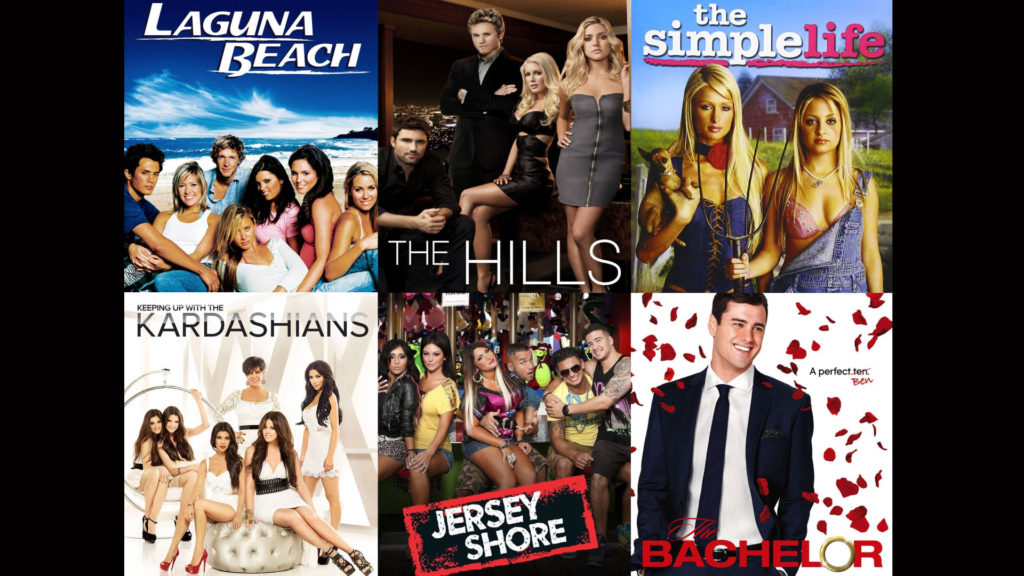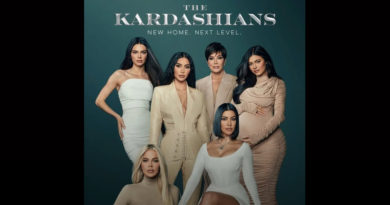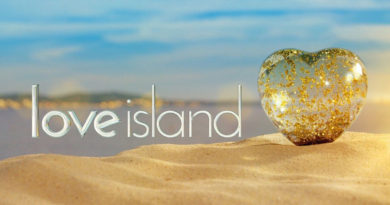The Rise And Fall Of Reality TV
Forty-eight years ago, the first reality television show—An American Family—premiered on the Public Broadcasting Service.
The twelve-episode series followed the daily life of the Louds, an upper-middle-class family from Santa Barbara, California. But instead of following what producer’s believed was a ‘normal family’ it ended up capturing the break up of the family through the separation and divorce of parents Bill and Pat Loud and the struggle of dealing with the fact that one of their sons, Lance, was gay.
The show quickly gained traction, but its sudden rise to fame led to an even faster demise when the show was not renewed for a second season.
It was not until the early 90’s when MTV gave us The Real World that we saw something even close to An American Family. Real World was about a group of seven strangers in their 20s living in a house together. The show was an unscripted look at what happens when people stop being polite and start getting real. It aired from 1992 to 2019 and was a bona fide hit, driving up the demand for more guilty-pleasure reality shows.
As the new millennium began we were introduced to shows like The Hills, Laguna Beach, The Simple Life and Keeping Up with the Kardashians. They offered a sneak peek into the lives of socialites doing everyday mundane tasks.
We also saw new reality series categories emerge: cooking shows such as Hell’s Kitchen with Gordon Ramsay and the infamous ‘idiot sandwich’ scene. More investigative reality shows like Catfish followed the journey of couples who formed online relationships but hadn’t met in person, and others—such as The Bachelor, 90 Day Fiance, Millionaire Matchmaker and The Bachelorette—followed dating and relationships. A few celebrities threw their hat in the ring, searching for love, like rapper Flavor Flav in Flavor of Love and former Cincinnati Bengals receiver Chad Johnson in Ochocinco: The Ultimate Catch.
Today, streaming services such as Netflix and Hulu are trying to rescue the reality TV genre from extinction. Some of the shows are refreshing to watch. Bling Empire on Netflix follows the lives of wealthy Asian and Asian American fun-seekers who go all out with parties, glamour and drama in Los Angeles. Love is Blind, another Netflix show, pairs couples together that have never seen each other hoping emotional connections trump all.
Although the aforementioned shows have done well for the streaming platforms, is it enough to bring reality TV to the good old days? Or are they too far gone?
When reality TV hit its peak in the 2000s, everything that followed just wasn’t good enough. Everything after that seemed too scripted and edited. Naturally, fewer and fewer people kept watching.
What led to much of the success for reality TV in the late ’90s was not having much to compare it to. No blueprints, no rules, no endgame. However, as more shows started to pop up, TV networks started to realize what worked and what didn’t.
But what is the science behind it? Why are we so drawn to these shows? We don’t watch them for the quality content. We sometimes even feel guilty about watching them. Are we living vicariously through the individuals on the show or are we doing it for the rush of watching people embarrass themselves on national television?
It will be interesting to see what reality TV has left. Will networks and streaming platforms be capable of captivating audiences like they did in the 2000s or is it time to close the chapter?




